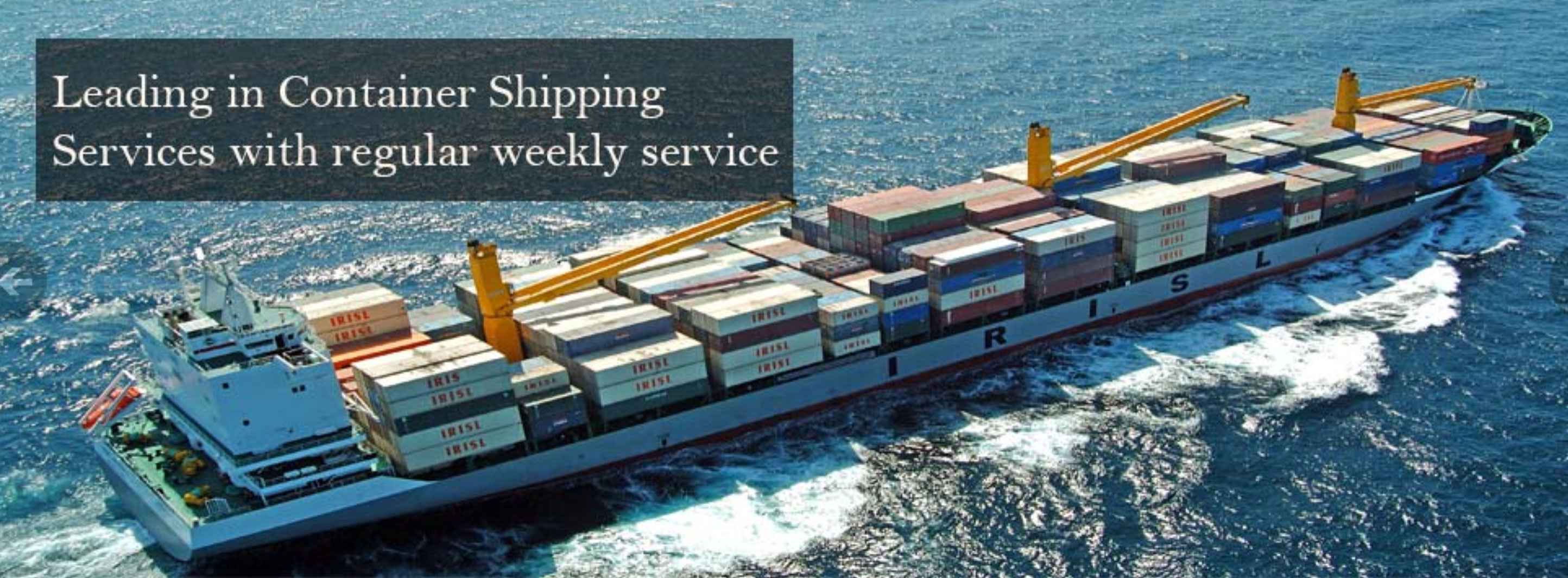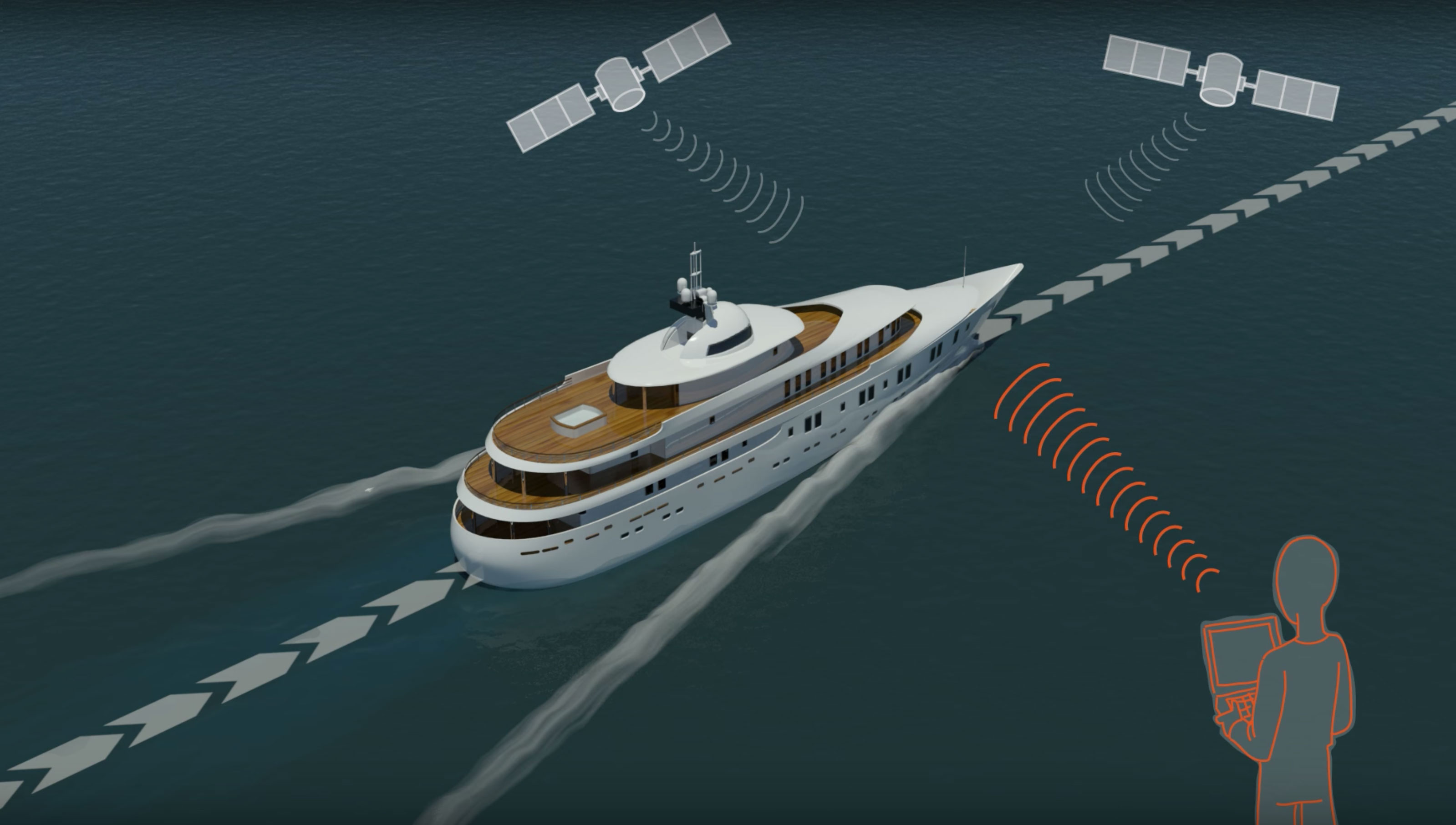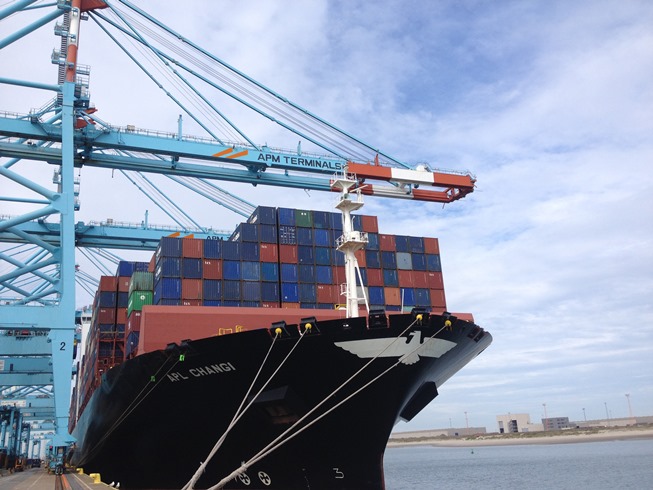Top 11 Maritime Security Compromises of All Time

Today’s maritime vessels are a prime target for hackers and pirates looking to compromise the world’s shipping and maritime industry supply chains. Modern ships are computerized and often monitored and controlled remotely from shore-based facilities thousands of miles away, creating a new set of threat vectors for attackers to utilize during targeted cyber attacks on ships.
The increased usage of computer systems for navigation, container inspection, rapid unloading, distribution of goods and handling goods at ports has exposed the world’s shipping and maritime industries to an array of cyber threats; without the proper security controls in place, firms are defenseless against inevitable attacks. The increased frequency of cyber attacks in the shipping and maritime industry as of late are a testament to this—and the problem may even be graver, as many incidents go undetected or undisclosed to mitigate brand damage.
The following are the top 11 cyber incidents that have had the greatest impact on the shipping and maritime industry.
11. World Fuel Services Bunkering Scam

Back in 2014, major fuel supplier World Fuel Services (WFS) fell victim to a bunkering scam reportedly costing the company an estimated $18 million. Criminals impersonating the U.S. Defense Logistics Agency instigated a fake fuel supply tender to WFS; the company then purchased and supplied the fuel at-sea to a tanker off the Ivory Coast only to find—on presentation of its invoice—that the U.S. Agency had no record of the transaction.
10. French Submarine DCNS/Naval Group Data Breach

French defense contractor Naval Group—previously known as DCNS—suffered a massive data breach in 2016 that resulted in the loss of 22,000 documents detailing the combat capabilities of its Scorpene-class submarine. Unfortunately, the submarines are being used by various world governments including India, Malaysia, Chile, and Brazil, among others.
9. US Ports SQL Injection Flaw

In 2016 a hacker named “bRpsd” revealed that Navis WebAccess—a web-based app that provides transport operators real-time access to operational logistics information—was highly vulnerable to a critical SQL injection vulnerability (CVE-2016-5817). The software is widely used by U.S. ports and 13 organizations’ port authorities and logistics operators worldwide.
8. U.S. Navy Sailor Database Hacked

The personal data of 134,386 current and former U.S. sailors—including social security numbers—were exposed in a 2016 data breach. The data breach involved a compromised laptop belonging to an Hewlett Packard Enterprise Services employee working on a U.S. Navy contract.
7. Iranian IRISL Shipping Line Hacked

Iran’s top cargo shipping line—The Iranian Shipping Line (IRISL)—fell victim to a cyber attack in 2011 that saw its systems crashing and losing all its carrier-tracking data. The company suffered extensive losses due to lost containers and misdelivered cargo.
6. Australian Customs Cargo System Hacked

In 2012, cyber attackers working for a criminal syndicate were able to compromise the Australian Customs and Border Protection Service Agency’s cargo system. The bad actors were looking to ascertain which shipping containers were flagged by the police or customs authorities, enabling them to abandon high-risk containers carrying contraband cargo.
5. South Korean Fishing Vessel GPS Jamming

In 2016, about 70 South Korean fishing vessels returned early to port after their GPS signals were jammed by North Korean infiltrators—something the North denies. Despite its denial, North Korea continued to send GPS-jamming signals for over 3 days.
4. West Africa Seafarer Blackmail Scam

In September 2016, a seafarer in West Africa was targted in a “Sextortion” case involving essentially a blackmail scam. The individual was caught up in a social engineering compromise involving some social media activity and a web cam.
3. UT Austin Vessel GPS Hack

Back in 2013, University of Texas, Austin researchers revealed that they could send a 210-foot superyacht off course by spoofing its GPS signals. Alarmingly, onboard GPS was unable to detect/alert nor indicate any course changes.
2. Belgium’s Port of Antwerp Hacked

In October 2013, drug traffickers carried out an elaborate cyber attack on the Port of Antwerp’s systems. Hackers were able to infiltrate the systems controlling the movement of containers through the port, thereby allowing drug shipments to be masked and moved, undetected.
1. Maersk/APM Terminals Ransomware

In 2017, Maersk suffered a global IT breakdown as a result of a major ransomware attack on its servers across Europe and India. The fiasco impacted all of the company’s business units: container shipping, port and tug boat operations, oil and gas production, drilling services, and oil tanker operations. Additionally, cargo clearing operations at APM Terminals Lagos was also shut down.
In short, without the proper defense strategies and controls in place, shipping and maritime enterprises are sitting targets for increasingly sophisticated cyber attackers. Some of these include:
- restricting portable media and implementing antivirus software
- creating policies for secure systems operations and maintenance
- secure design and deployment of applications and systems
- proper employee awareness/vigilance
- securing ports used for automated systems in cargo handling.
Most of these shipping and maritime data breaches could have been prevented through regular security/vulnerability assessments. Additionally, comprehensive security response plans to handle such attacks would have helped to minimize damages and quickly restore business continuity. Cyber attacks may be inevitable, but shipping and maritime enterprises with a firm grasp on the principles of nautical resilience are well-positioned to thrive and innovate—even in hostile digital waters.
Sources:
- http://www.engr.utexas.edu/features/superyacht-gps-spoofing
- https://www.reuters.com/article/us-shipping-southkorea-navigation/south-korea-revives-gps-backup-project-after-blaming-north-for-jamming-idUSKCN0XT01T
- https://www.theregister.co.uk/2013/06/18/drug_smugglers_using_hackers/
- http://www.engr.utexas.edu/features/superyacht-gps-spoofing
- https://www.reuters.com/article/us-usa-cyber-navy/personal-data-for-more-than-130000-sailors-hacked-u-s-navy-idUSKBN13J001
- https://www.ft.com/content/182399f2-69be-11e6-a0b1-d87a9fea034f



chloroquine mechanism of action plaquenil pill what is hydroxychloride
zythromax citromax antibiotic drug generic name for zithromax
You Want to Know What Is Link Building and How Does It Work ?
You Want to Know How to Get Powerful Backlinks ?
Check this out http://paxtonlrwa85295.bloggerbags.com/7836761/what-is-link-building-and-how-does-it-work
how much does hydroxychloroquine cost chloroquine hcl lupus wikipedia english
chloroquin
how to make hydroxychloroquine
what is prednisone buy prednisone
chloroquine otc canada https://hydroxychloroquinex.com/ hydroxychloroquine for covid 19 hydroxychoriquin
quinine vs hydroxychloroquine https://plaquenilx.com/# plaquenil sulfate 200 mg
is prednisone a steroid prednisone over the counter
modafinil vs adderall provigil over the counter
provigil reviews https://modafilmodafinil.com/
trimethoprim ss sulfamethoxazole for uti
sildenafil levitra https://www.pharmaceptica.com/
buy prednisolone tablets effects of long term prednisone use
isotretinoin roaccutane
modafinil and alcohol modafinil prescription online
sulfamethoxazole medication trimoxazole tablets
cialis coupon https://cialiswithdapoxetine.com/# – cialis 20mg
GET PROFESSIONALLY VIDEOS AT AFFORDABLE PRICES
We offer professionally produced videos at affordable prices.
Our videos have the look and feel of a high quality television commercial, complete with professional spokesperson, background, text,
images, logos, music and of course, most importantly, your company’s contact information for your threatspan.com.
If you’re ready to reach more clients today, let us get to work on producing your company’s exclusive video.
MORE INFO=> http://qejn39630.bloggerbags.com/8235087/get-videos-at-affordable-prices
dangers of hydroxychloroquine https://www.pharmaceptica.com/